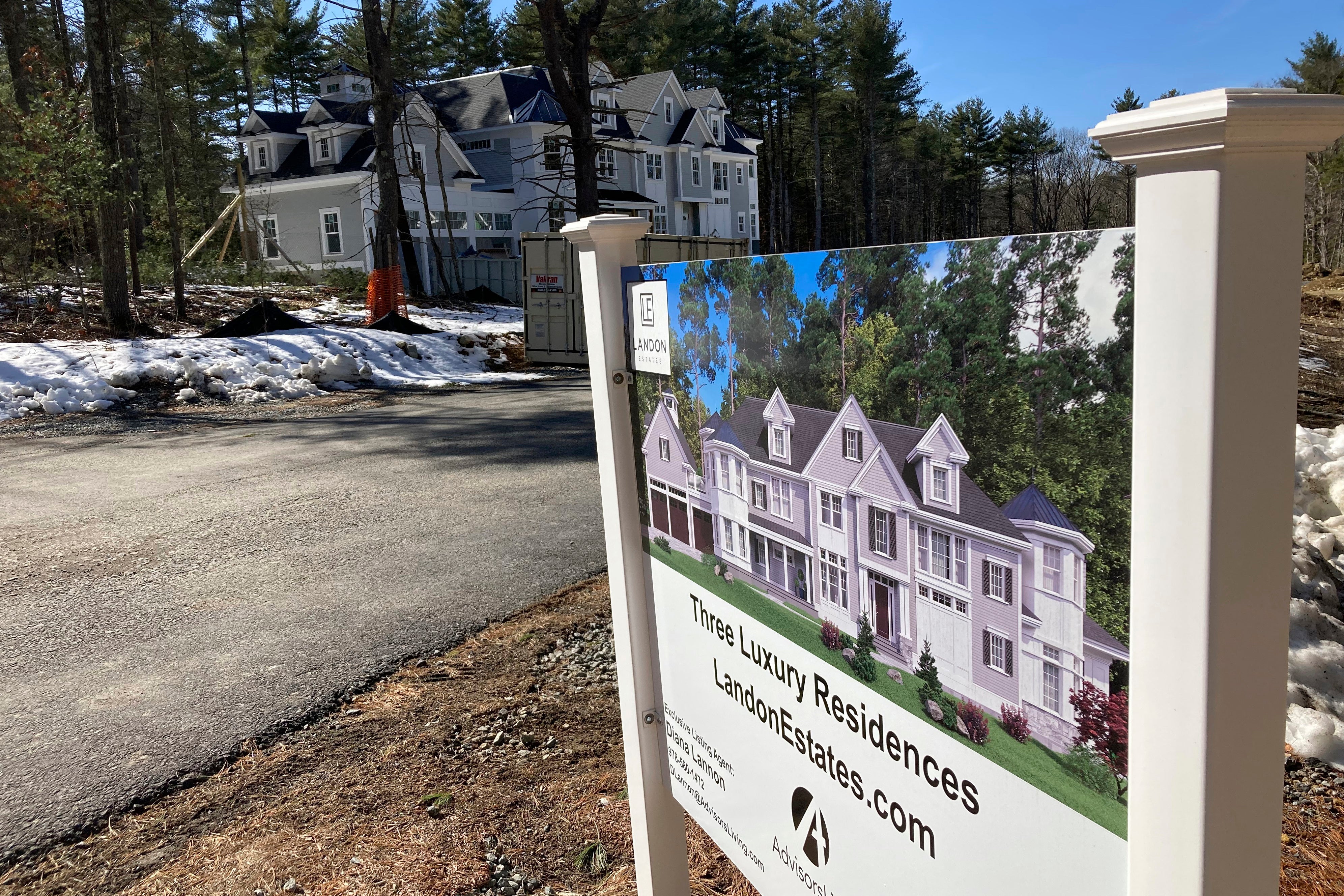Average long-term US mortgage rates come back down to 6.6%
The average long-term U.S. mortgage inched back down this week after five straight weeks of increases, good news for homebuyers as the housing market’s all-important spring buying season gets underway

Your support helps us to tell the story
From reproductive rights to climate change to Big Tech, The Independent is on the ground when the story is developing. Whether it's investigating the financials of Elon Musk's pro-Trump PAC or producing our latest documentary, 'The A Word', which shines a light on the American women fighting for reproductive rights, we know how important it is to parse out the facts from the messaging.
At such a critical moment in US history, we need reporters on the ground. Your donation allows us to keep sending journalists to speak to both sides of the story.
The Independent is trusted by Americans across the entire political spectrum. And unlike many other quality news outlets, we choose not to lock Americans out of our reporting and analysis with paywalls. We believe quality journalism should be available to everyone, paid for by those who can afford it.
Your support makes all the difference.The average long-term U.S. mortgage inched back down this week after five straight weeks of increases, good news for homebuyers as the housing market's all-important spring buying season gets underway.
Mortgage buyer Freddie Mac reported Thursday that the average on the benchmark 30-year rate slid back to 6.60% from 6.73% last week. The average rate a year ago was 4.16%.
The average long-term rate hit 7.08% in the fall — a two-decade high — as the Federal Reserve continued to raise its key lending rate in a bid to cool the economy and quash persistent, four-decade high inflation.
At its first meeting of 2023 in February, the Fed raised its benchmark lending rate by another 25 basis points, its eighth increase in less than a year. That pushed the central bank’s key rate to a range of 4.5% to 4.75%, its highest level in 15 years. Many economists expect at least three more increases before the end of the year, though some have dialed those expectations back due to the recently developing banking crisis.
While the Fed’s rate hikes do impact borrowing rates across the board for businesses and families, rates on 30-year mortgages usually track the moves in the 10-year Treasury yield, which lenders use as a guide to pricing loans. Investors’ expectations for future inflation, global demand for U.S. Treasurys and what the Federal Reserve does with interest rates can also influence the cost of borrowing for a home.
Treasury yields have tumbled since the collapse of two mid-size U.S. banks, with the 10-year faling to 3.44% Thursday. The 10-year yield reached 5.07% last week, its highest level since 2007.
The big rise in mortgage rates during the past year has roughed up the housing market, with sales of existing homes falling for 12 straight months to the slowest pace in more than a dozen years. January’s sales cratered by nearly 37% from a year earlier, the National Association of Realtors reported last month.
For all of 2022, NAR reported last month that existing U.S. home sales fell 17.8% from 2021, the weakest year for home sales since 2014 and the biggest annual decline since the housing crisis began in 2008.
Higher rates can add hundreds of a dollars a month in costs for homebuyers, on top of already high home prices.
The rate for a 15-year mortgage, popular with those refinancing their homes, also edged back down this week to 5.9% from 5.95% last week. It was 3.39% one year ago.
——